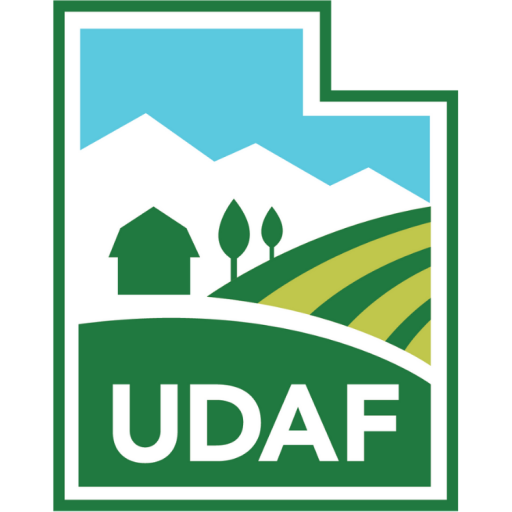Utah Department of Agriculture and Food (UDAF) officials are asking for the public’s help in watching for invasive species in their Christmas trees, particularly the gypsy moth and pine shoot beetle.
With the majority of Utah’s live Christmas trees coming from outside the state – the Pacific Northwest, Wisconsin, and as far away as North Carolina – these and other insects could be along for the ride. While many insects are beneficial, those on UDAF’s invasive species watch list are not.
“Thanks to the efforts of our regulatory team, we are not aware of any issues this year of invasive species finding their way in through Christmas trees,” said Commissioner Kerry Gibson, Utah Department of Agriculture and Food. “However, it’s important that the public only purchase their trees from sources that are working with our team of inspectors.”
Compliance for a Christmas tree vendor is fairly simple. UDAF dispatches inspectors to all the Christmas tree lots and vendors across the state to review documentation stating where the trees were harvested. Failure to comply can result in a business being shut down or forced to remove their inventory from the state, as has occurred in the past.
According to Kris Watson, UDAF Insect Program manager and state entomologist, only one gypsy moth has been found in Utah in the last few years, and no pine shoot beetles, which he credits to public awareness and UDAF’s regulatory responsiveness.
“Most people don’t think about pathways for invasive species. They see a beautiful Christmas tree or piece of wood furniture and don’t realize it could be a carrier for an unwelcome insect,” said Watson.
“As much as we don’t like taking regulatory action against Christmas tree vendors, it’s far less burdensome than the millions it would cost taxpayers to eradicate an unchecked invasive pest,” he cautions.
As an example, he said that between 2006 and 2014, the State spent more than a million dollars eradicating Japanese Beetle from Utah County. As well as large expensive eradication programs along the Wasatch Front for gypsy moth in the late 80’s and early 90’s.
Watson says that some invasive species are known to cause between 50-80% of agriculture crop losses per year and the impact on urban forest can be devastating. Along with agriculture production, the loss of urban and rural tree inventory can impact quality of life issues, citizens want trees around their homes, parks, and wilderness.
“Invasive species comprise agriculture production, and create ecological imbalances in rural and urban communities, forests, grazing lands, and watersheds,” says Gibson. “Our mission is to protect the interests of agriculture to ensure citizens have the food, fiber, and lifestyle we have enjoyed since arriving in the territory.”
Watson adds that while most Christmas tree vendors have been compliant with sourcing documentation for trees, the issue is one the entire public can help with.
For example, consumers are urged to inspect Christmas trees for pests prior to purchase, watch for and collect any unusual insects that may emerge from a tree, and contact UDAF with questions or concerns.
“Our method for regulating invasive species is strict enforcement of a robust inspection program,” said Watson. “That means working with vendors to create an environment where everyone wins so we can maintain the social, environmental and economic integrity of our state’s overall agricultural wellness.”
For more information, contact UDAF at 801- 538-7100.





